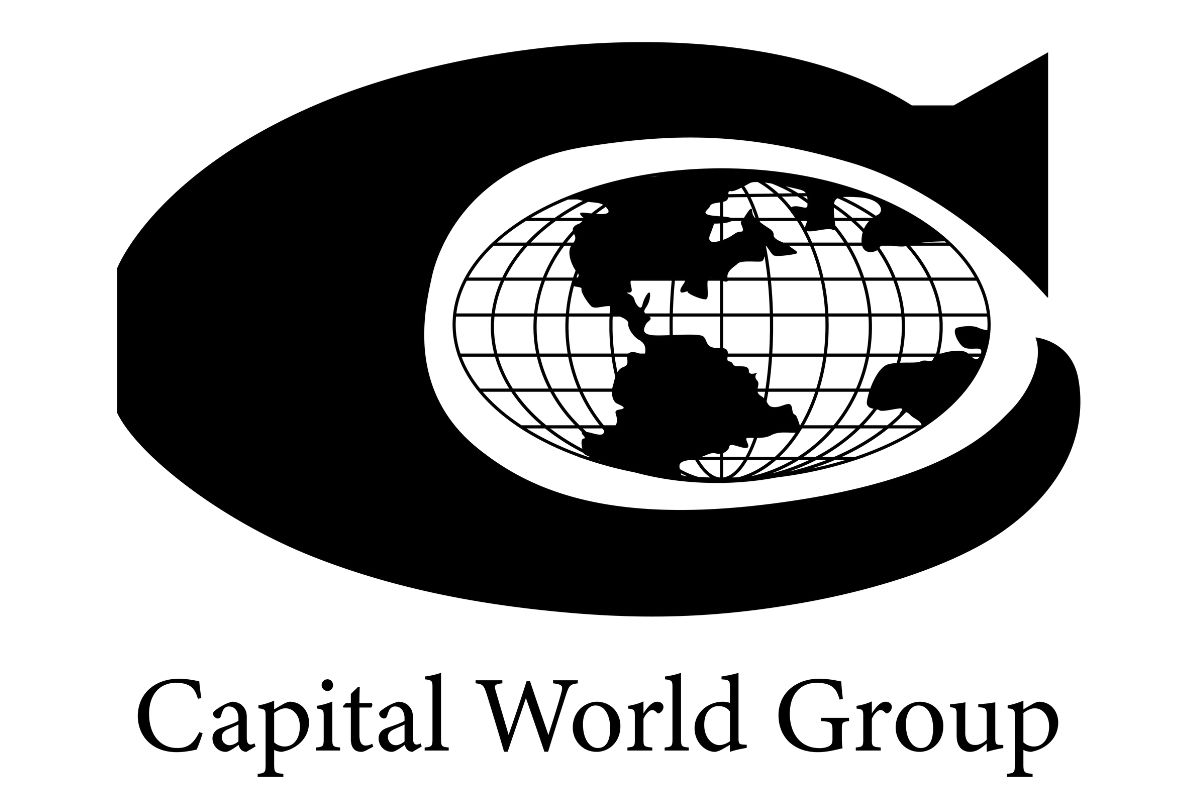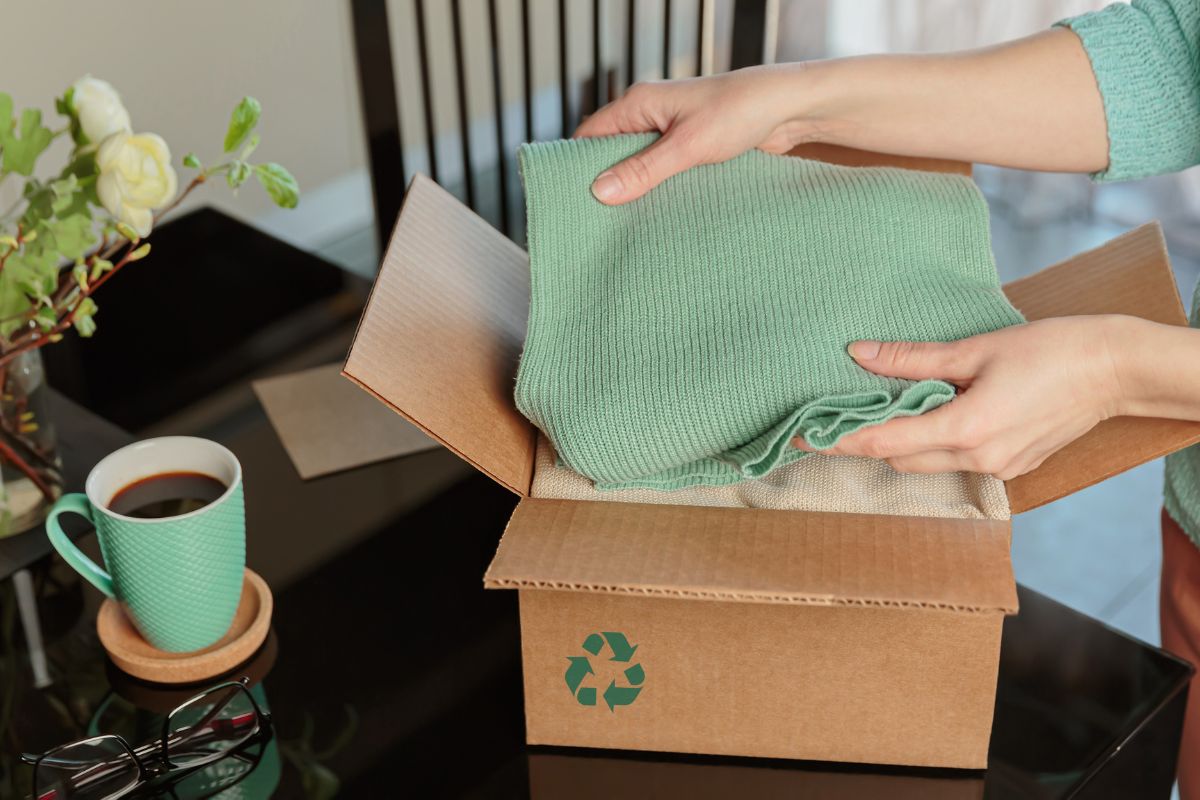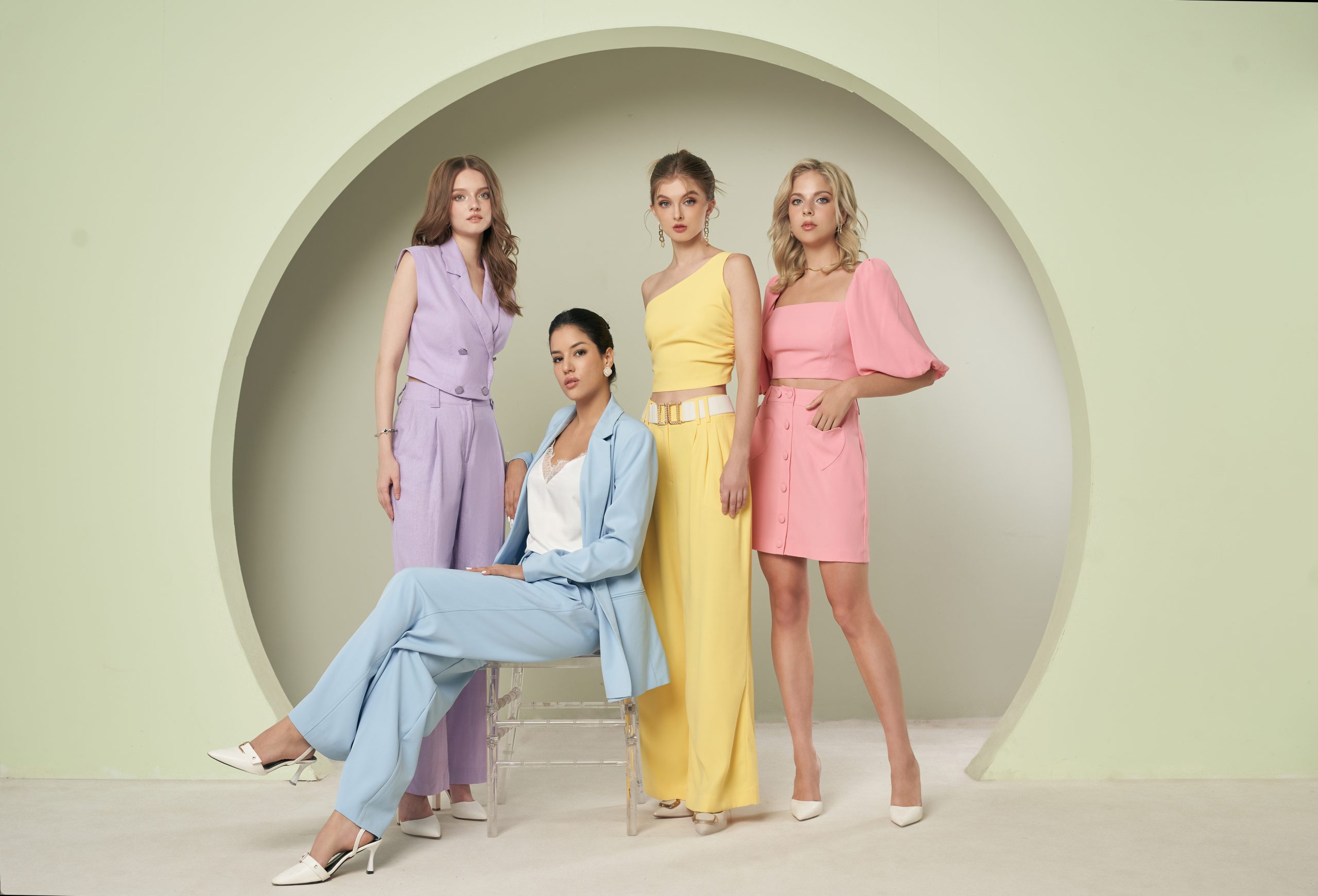dVietnam’s apparel industry is thriving globally as its exports hit $44 billion in 2024, placing the country among the top global garment exporters. Capital World Group (CWG) is one of the top names among the many women’s apparel factories in Vietnam, known for its end-to-end supply chain control. From premium knit tops to tailored dresses, CWG delivers high-end womenswear at scale while upholding rigorous ethical standards.
Why brands seek women’s clothing manufacturers in Vietnam
Partnering with women’s clothing manufacturers in Vietnam is a rising trend as fashion brands pursue stable costs and a skilled workforce. Vietnam offers the world’s most competitive manufacturing costs and a highly trained workforce of over 2.7 million. The country excels in diverse product categories, particularly knitwear (about 42% of apparel exports), alongside woven and activewear.
Equally important, Vietnam has invested in modern ports and logistics. Efficient shipping via deep-water ports like Hai Phong and air freight through Hanoi means brands get swift global deliveries.
Where to find Vietnamese apparel manufacturers
When searching for women’s apparel factories in Vietnam, start with official channels and networks:
- Industry Associations: The Vietnam Textile and Apparel Association (VITAS) publishes a directory of manufacturers. This resource lists 2,000+ vetted garment and textile companies across Vietnam. It is a solid starting point for identifying reputable suppliers.
- Trade Shows: Major fairs like the Vietnam International Textile & Garment Industry Exhibition (VTG) in Ho Chi Minh City or SaigonTex expo allow you to meet factories in person. These annual events showcase hundreds of Vietnamese clothing producers, from fabric mills to full-package garment vendors, giving you insight into capabilities and capacity.
- LinkedIn and Sourcing Platforms: Leverage professional networks by searching LinkedIn for “Vietnam apparel manufacturer” or filtering suppliers on platforms by location and product. Many ladies wear OEM/ODM specialists to promote their services online. You can review their client testimonials, product photos and connect with references in your fashion industry network.
One clothing manufacturer you can start with is the Capital World Group. This is a prime example of a reliable OEM/ODM partner. With a full owned garment manufacturing facility of 18 production lines and over 800 employees, Capital World Group provides a full-package service for women’s garment manufacturing (design support, material sourcing, manufacturing and logistics) under one roof.
Learn more about The differences between OEM vs. ODM vs. Private Label for your garment production.

The company is certified to international standards and specializes in manufacturing women’s dresses and . Evaluating such established manufacturers through directories or referrals can help you find a long-term production partner in Vietnam.
What to ask a Vietnamese women’s apparel factory
Before committing to a production program, clarify key aspects of women’s clothing manufacturing with any potential supplier. Here are six critical questions fashion brands should ask:
1. Lead times and capacity planning: What are the factory’s sample development and bulk production timelines? Ask how many lines they run and their monthly output to gauge if they can scale with your brand’s growth. It’s wise to discuss peak season handling – you want a partner who can meet deadlines even when trend–driven demand surges.
2. Compliance and sustainability: When looking for truly sustainable garment suppliers in Vietnam, consider third-party certifications. Do they hold BSCI or WRAP audits for social compliance and material safety standards like OEKO-TEX? A Vietnamese supplier serious about ethics will proudly share such credentials. Always verify any claimed certifications and ask if they welcome independent audits.

3. Quality assurance practices: Inquire about their AQL quality control process for inspections and what AQL level they use for your product category. Top manufacturers will have dedicated QA teams that will conduct pre-shipment inspections. For example, many brands insist on a strict AQL 2.5 for major defects.
4. Costing clarity and pricing: Get a detailed breakdown of costing and discuss how they handle adjustments or change orders. Will a slight design tweak trigger a big price jump? A reliable factory offers transparent, itemized pricing and may provide tiered price points (e.g., lower unit cost at higher volumes). Make sure you understand payment terms, any up-front deposit, and how freight is handled in the quote (Free On Board (FOB) vs. (Cost, Insurance, and Freight) CIF pricing).
5. Sourcing model, CMT vs FOB Vietnam: Clarify whether the factory works on a CMT (Cut, Make, Trim) basis or full-package manufacturing. In a CMT arrangement, you supply the fabric and materials while the factory provides only labor and stitching. Under a full package, the manufacturer procures all fabrics and trims and handles production up to delivering finished goods to the port. Determine which model fits your needs and ask if the supplier can also act as an OEM (Original Equipment Manufacturer) or ODM (Original Design Manufacturer) to assist with design or product development.
6. Process from tech pack to production: Walk through a typical garment manufacturing process with the factory and ensure you’re aligned on prototyping rounds, fit sample reviews, lab dips/print strike-offs, and approval stages.
Read more about Finishing details for womenswear in garment production here.
The common pitfalls: MOQs, samples, QC, audits
Despite Vietnam’s advantages, there are common challenges to avoid when engaging a factory. As a fashion brand, be mindful of these pitfalls:
- Unrealistically low MOQ apparel in Vietnam. Vietnam’s reputable factories typically set MOQs from 2,000 – 3,000 pieces per style to maintain efficiency. Insisting on low volumes may limit your factory options or lead to cost premiums and quality compromises.
- Sample surprises. Any ambiguity in sample approval can result in bulk production not meeting expectations. Always insist on sealed samples or a clear gold seal sample as the production reference.
- Skipping QC steps. Rushing production without a proper quality control procedure is a recipe for trouble. Some importers have skipped final inspections to save time, only to face large defect rates on delivery.
- Overlooking audits and compliance. Always review audit reports (e.g., BSCI or WRAP) and ensure the factory addresses non-compliance issues. A supplier that fails audits or is reluctant to be audited is a red flag for your brand’s reputation.
How Capital World Group manages your program
Capital World Group takes a proactive, integrated approach to avoid common production setbacks and keep your program on track. As a leading Vietnamese trendy apparel manufacturer, we offers multiple types of ladies’ clothing produced for mid-tier to premium women’s wear brands, ranging from women’s top, bottoms to women’s sets products. All is guaranteed to meet the standards in women’s apparel requirements and packaging compliances. Our apparel products page contains both knit and woven styles, showcasing our precise handling of different styles, fits, and fabrics with thoughtful fit & grading strategy, promising comfort for every occasions.

Capital World Group was founded and established in 1967 and since then has grown into a vertically managed garment manufacturing company with its own fully owned production facility of 18 production lines staffed by over 800 employees.
As an ISO 9001-certified manufacturer, Capital World Group applies a vertical management solution from fabric inspection to in-line checks and final audits. The company also manages in-house sourcing, sampling, bulk production, and export logistics. This coordinated process reduces reliance on intermediaries, giving brands greater oversight, stable costs, and consistent quality.
Finding consistent, ethical, and cost-competitive women’s clothing manufacturers in Vietnam can be challenging. We founded Capital World Group, a wholesale women’s apparel manufacturer, to solve that problem for fashion brands like yours. With our experience, certified quality and end-to-end service, you gain reliable production, transparent pricing and on-time delivery every season. Let Capital World Group turn your next collection into a success story, contact us now.

